The Redbone Coonhound, a breed distinguished by its striking red coat and energetic demeanor, is a versatile and charismatic companion with a rich history. Originating …
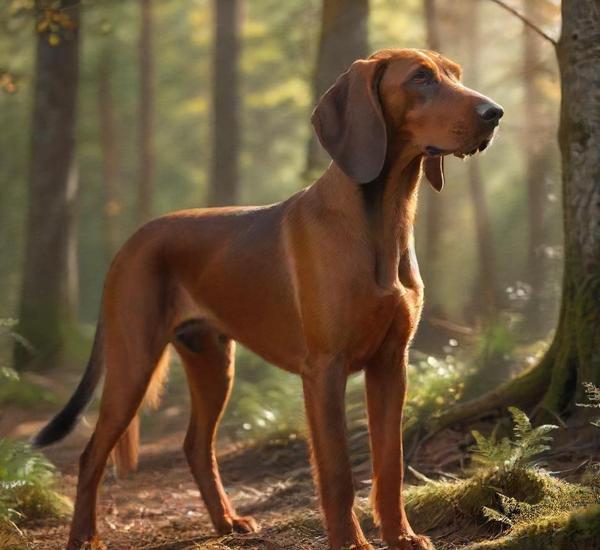
Happy Paws: All About Dogs

The Redbone Coonhound, a breed distinguished by its striking red coat and energetic demeanor, is a versatile and charismatic companion with a rich history. Originating …
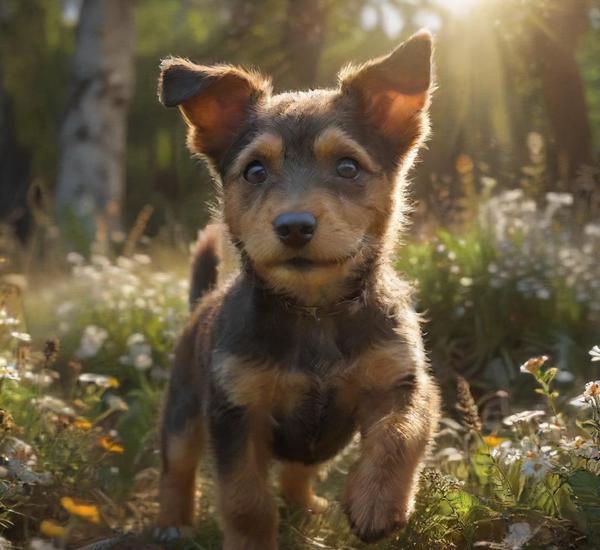
The Brazilian Terrier is a charming and agile breed that encapsulates the vibrant spirit of Brazil. Known for their striking appearance and lively personality, these …
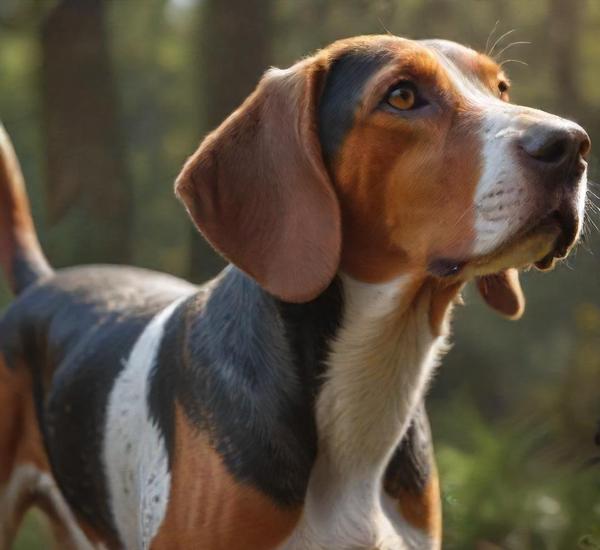
The American English Coonhound, often simply referred to as the English Coonhound, is a distinguished breed renowned for its impressive hunting skills and loyal companionship. …
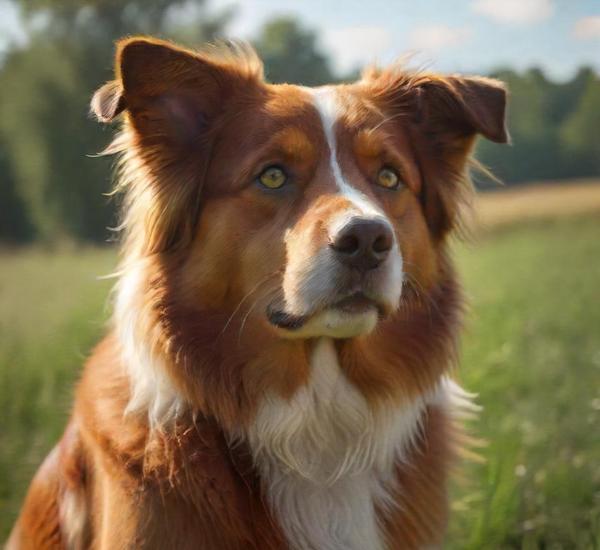
The English Shepherd is a quintessential example of versatility and intelligence in the canine world, embodying traits that make it a prized companion for various …

The Newfoundland dog, often simply referred to as the “Newfie,” is a majestic breed renowned for its impressive size, gentle temperament, and exceptional swimming abilities. …
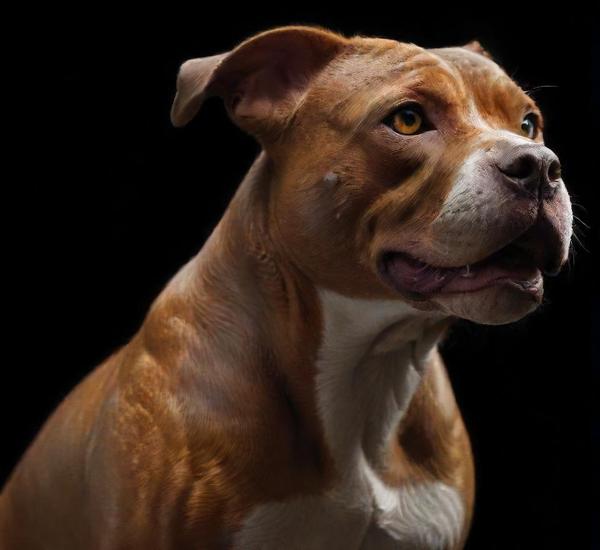
The American Pit Bull Terrier, often celebrated for its muscular build and spirited nature, has become a prominent figure in the world of canine companions. …
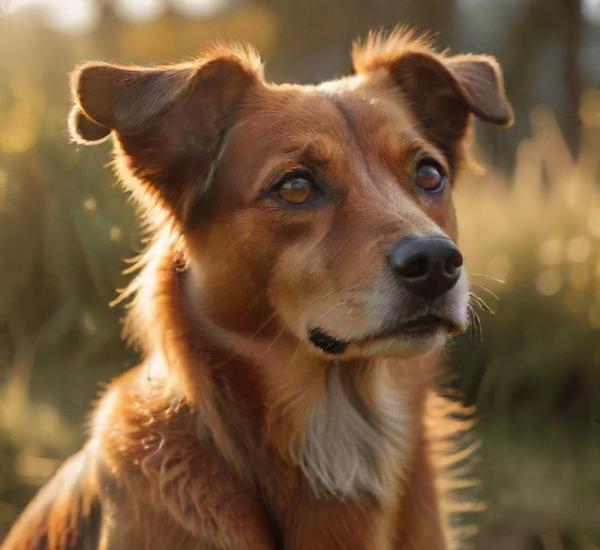
Denmark Feist dogs, often simply referred to as Feists, are a remarkable breed known for their agility, intelligence, and hunting prowess. Originating in the rural …
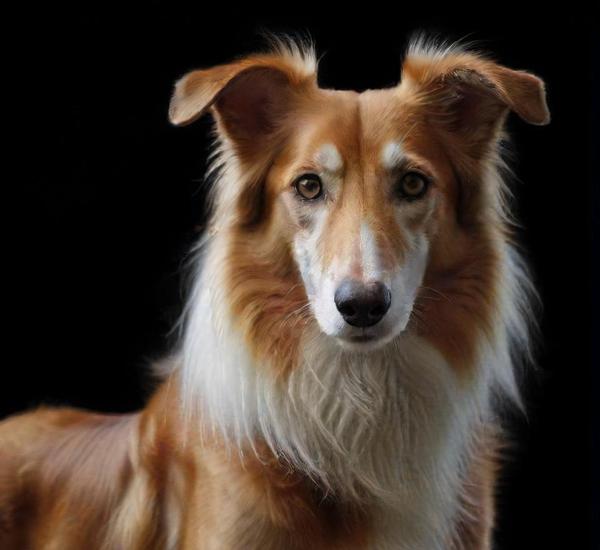
The Silken Windhound is a captivating breed that combines elegance with agility, making it a standout among sighthounds. With its sleek, silky coat and graceful …

Chihuahuas, the tiniest of dog breeds, pack a surprising amount of personality into their petite frames. Originating from Mexico, these charming canines are not only …